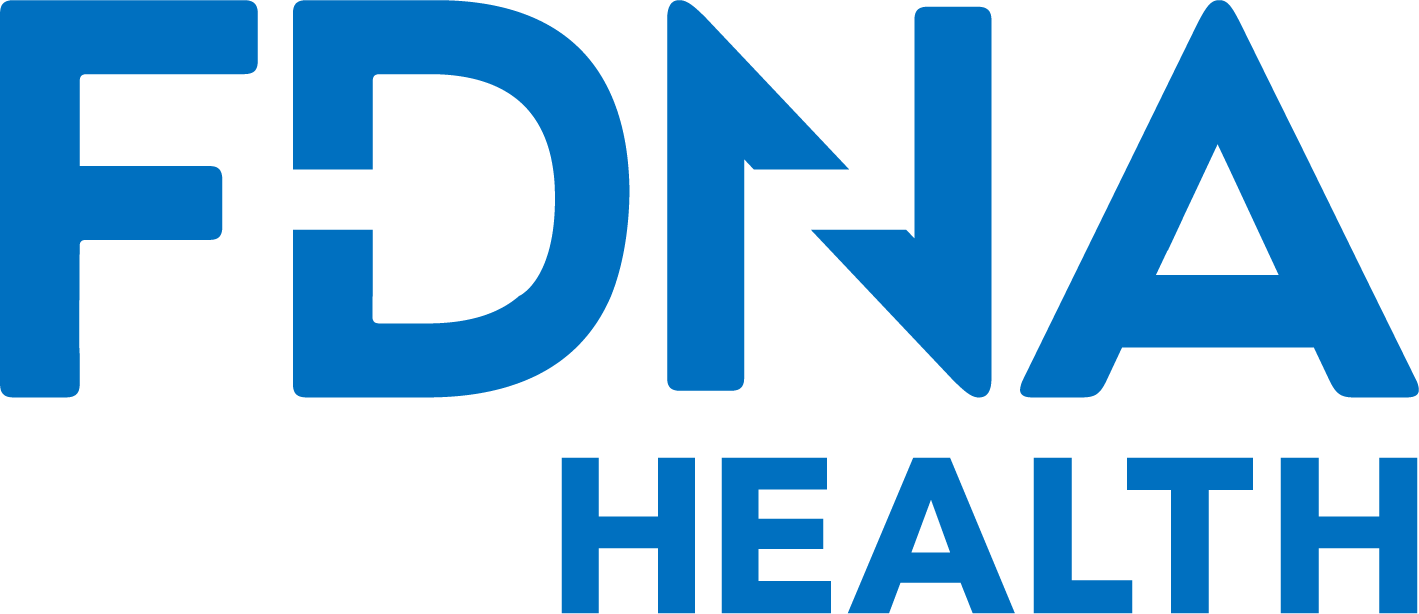Diagnóstico Genético Ehlers-Danlos síndromes
Diagnóstico genético para Ehlers-Danlos síndromes
O que é Ehlers-Danlos síndromes?
É uma doença rara do tecido conjuntivo. Existem vários tipos principais de síndromes, cada um variando em sua gravidade e causa.
EDS Clássico / Tipo Musculocontratural 1 e Tipo 2
This is not the most common form of the syndrome. It is slightly more severe than the most common form of this rare disease, as it presents with additional symptoms, including fragile and stretchy skin, and possible heart issues. This form of the syndrome is caused by mutations in the CHSTI4 gene.
Tipo de hipermobilidade EDS 3
Esta é a forma mais comum de síndromes, o principal sintomas dos quais incluem dores constantes nas articulações e articulações muito flexíveis ou hipermóveis. O gene exato responsável por este tipo de síndromes ainda não foi identificado.
This is the rarest form of the syndrome. It is also the most severe form. Its symptoms are more severe and include a higher risk of organ rupture and damage, and torn blood vessels. It is caused by mutations in the COL3A1 gene.
The fact that there are three possible forms of the syndrome, each with their own cause and additional symptoms, can make genetic diagnosis for Ehlers Danlos syndrome, difficult in general.
Sintomas
Sintomas do síndromes são geralmente identificados durante a infância e podem incluir qualquer um dos seguintes:
- Atraso na marcha acompanhada de hipermobilidade articular (articulações altamente flexíveis)
- Hematomas e sangramento anormais (hematomas mais graves do que o normal, hematomas frequentes)
- Ruptura inexplicada de vaso
- Pele frágil, incluindo cicatrizes óbvias
- Hiper flexibilidade das articulações, incluindo aumento do risco de luxações articulares
- Ruptura de órgão oco (em casos mais graves)
- Unique Ehlers-Danlos facial features– a thick build, thin lips and a small mouth, clubfoot, low muscle tone.
Diagnóstico genético para Ehlers-Danlos síndromes
Diagnosing Ehlers Danlos syndrome may involve Teste genético. This will attempt to identify, by analyzing a sample of an individual’s blood, the precise gene mutation responsible for causing the different types of the syndrome.
No entanto, como a forma mais comum de síndromes, Tipo 3, ainda não tem nenhum gene identificado conhecido por caus-lo e, portanto, o teste genético não pode necessariamente ser invocado para fornecer um resultado e diagnóstico precisos.
Diagnóstico Genético and testing for Ehlers Danlos syndrome will differ according to the type of syndrome suspected.
EDS Type 1 and 2: genetic testing for these types of the syndrome will generally involve a blood test to identify the CHSTI4 gene responsible for causing it. However it is known that this testing only discovers around 50% of all cases. This means diagnosis rests on the expertise and experience of a geneticist and genetic counselor responsible for the diagnosis process.
EDS Type 3: there is currently no genetic testing available for this form of the condition. This is because the gene mutation is as yet unknown. A diagnosis will rely on an understanding of the symptoms involved, and the physical and medical health of an individual.
EDS Type 6: for this rare form of the syndrome, genetic testing is available in order to identify the COL3A1 gene mutation, which causes it.
diagnóstico errado
Genetic diagnosis for Ehlers-Danlos is fraught with challenges. Ehlers-Danlos misdiagnosis is high, with up to 56% of patients being misdiagnosed on their way to an ED diagnosis.
Isso se deve em parte a uma contínua falta de compreensão das causas do síndromes, o que por sua vez cria uma situação, onde a maioria dos tipos de síndromes pode ser diagnosticado apenas com base em um exame físico. Isso significa diagnóstico genético para os racistas de Ehlers Danlos na experiência dos envolvidos em fazer o diagnóstico.
Aconselhamento Genitico
Genetic counseling is an important part of the genetic diagnosis process for all rare diseases. When faced with a possible diagnosis of Ehlers-Danlos syndrome, Aconselhamento Genitico is important for the following reasons:
- Ele apoiará emocionalmente pacientes com doenças raras e suas famílias durante o processo de teste.
- It will understand the difficulties involved in diagnosis of this rare disease, including the high rate of misdiagnosis and lack of accuracy. Access to quality and consistent genetic counseling services, helps reduce the rate of misdiagnosis across all rare diseases, and is especially important in the diagnosis of Ehlers-Danlos, where accurate Ehlers-Danlos genetic testing methods are missing.
- Isso vai explicar o sintomas do síndromes, incluindo recomendações para intervenção e tratamento precoce, e compreendê-los para garantir um diagnóstico mais preciso.
- Isso ajudará a coordenar a equipe médica e os profissionais envolvidos no cuidado de longo prazo de alguém com Ehlers-Danlos síndromes.
UMA diagnóstico genético de Ehlers Danlos síndromes será uma mudança de vida para muitas famílias. Receber um diagnóstico preciso é um primeiro passo importante, a fim de garantir que o gerenciamento ao longo da vida do síndromes garante o melhor atendimento ao indivíduo diagnosticado.
Quanto mais entendermos sobre como o Ehlers Danlos pode ser diagnosticado e como os pacientes com doenças raras podem receber suporte durante a jornada de diagnóstico e depois dela, melhores serão os resultados do tratamento de longo prazo.







